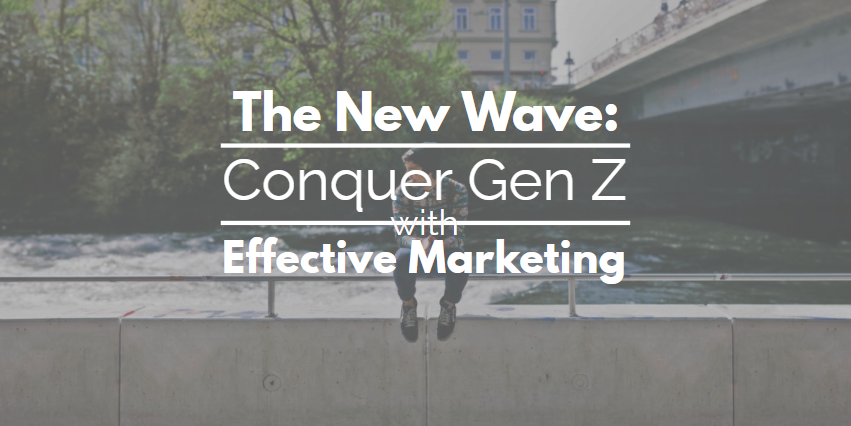Imagine you’re attending a business conference, networking with potential clients and industry experts. You strike up a conversation with a key decision-maker and they express interest in your product or service. Naturally, you exchange business cards and part ways.
Now, imagine that when they get back to their office; they type your company name into a search engine, hoping to learn more about your offerings. Will your website be among the top search results? The answer lies in the power of search engine optimization (SEO) and how the B2B digital marketing agency you hired is taking advantage of it.
So, what’s the crucial role of SEO in driving organic traffic, generating leads, and boosting conversions for B2B companies?
Understanding the Basics of B2B SEO

To set the stage, let’s start with the fundamentals of B2B SEO. Unlike B2C marketing, B2B SEO aims to capture the attention of businesses rather than individual consumers. It involves optimizing your website, content, and online presence to rank higher in search engine results pages (SERPs) when relevant keywords are searched.
Driving Organic Traffic and Generating Leads
Effective SEO techniques can help increase your website’s visibility, driving organic traffic from potential B2B clients. By optimizing your site’s structure, using relevant keywords, and creating high-quality content, you can attract qualified leads actively searching for the products or services you offer.
Remember, higher rankings in SERPs lead to increased visibility and, ultimately, more opportunities for conversions.
Building Authority and Trust
In the competitive B2B landscape, establishing authority and trust is paramount. SEO plays a crucial role in building credibility for your brand. When your website appears prominently in search results, it signals to potential clients that your company is reputable and trustworthy.
Backlinks from authoritative websites, social proof, and positive customer reviews all contribute to bolstering your brand’s image in the eyes of potential B2B buyers.
Optimising Content for B2B Audiences

Content marketing is a powerful tool in B2B digital marketing, and SEO goes hand in hand with it. By conducting thorough keyword research and incorporating relevant keywords into your content, you can align your offerings with the search intent of your target audience.
Valuable and informative content that addresses their pain points will not only help your website rank higher but also establish your company as a thought leader in your industry.
Staying Ahead of the Curve with Ongoing SEO Efforts
The best B2B digital marketing agency knows that SEO calls for ongoing maintenance and adaptation. Regularly monitoring and analyzing your website’s performance, keeping up with industry trends and adjusting your SEO strategy accordingly is crucial for sustained success. As search engine algorithms evolve, so must your optimization techniques to stay ahead of the competition.
Final Word
In today’s digital era, B2B companies can’t afford to overlook the role of SEO in their marketing strategy. From driving organic traffic and generating leads to building authority and trust, optimizing your website for search engines has a direct impact on your business’ success.
By leveraging SEO techniques effectively and staying up to date with the latest trends, you can position your company as a leader in your industry and achieve remarkable growth. So, embrace the power of SEO and watch your B2B digital marketing efforts flourish.
Remember that the online landscape is constantly evolving, and adapting your SEO strategy accordingly is the key to unlocking new opportunities and truly staying ahead of the competition. Start optimizing your website today and embark on a journey toward B2B marketing success.
Read Also:






















